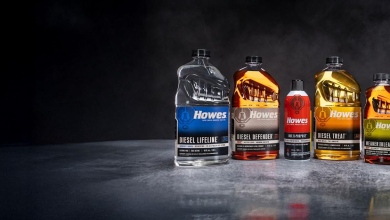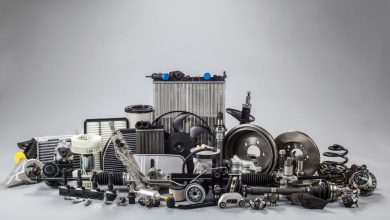How Climate Affects Steering Wheel Performance

Steering wheels are important for vehicle control. Climate conditions can influence their performance significantly. Seasonal changes bring different challenges to steering systems. Hot weather and cold weather each affect steering in unique ways. Regular seasonal checks help maintain optimal steering control. Service centers offer tiered inspections and maintenance to address these issues. Understanding these service tiers helps clients protect steering performance all year round.
Hot Weather Effects on Steering Systems
During hot seasons steering components face increased stress. High temperatures cause materials in the steering system to expand. This expansion can lead to stiffness or binding in moving parts. Rubber seals and lubricants may degrade faster under heat. These changes reduce the smoothness of steering action. Technicians perform the first tier of service by inspecting seals and lubrication. They replace worn seals and refresh lubricants to restore proper movement. This tier ensures that heat does not cause premature wear or failure in steering components.
Cold Weather Impact on Steering Response
Cold climates bring the opposite problem by causing materials to contract. Steering fluid may thicken reducing hydraulic efficiency. Rubber parts become less flexible and can crack. This causes slower or heavier steering response. The second tier of service focuses on fluid checks and flexible parts inspection. Technicians test the steering fluid quality and replace it if it is too thick or dirty. They also examine rubber boots and joints for signs of cold damage. This tier guarantees that steering systems remain responsive and reliable during winter conditions.
Humidity and Moisture Challenges
High humidity and moisture can cause corrosion on metal steering parts. Corrosion weakens critical components and causes rough steering feel. Moisture intrusion also damages electrical controls in modern steering systems. The third tier service targets corrosion prevention and electrical inspection. Technicians from Auto Repair in Cincinnati, OH clean and treat metal parts to stop rust from spreading. They check wiring and connectors for moisture damage and repair or replace faulty parts. This tier helps prevent long-term damage and maintains safe steering function in humid climates.
Seasonal Calibration and Adjustment Services
Seasonal changes affect the alignment and calibration of steering systems. Temperature shifts can alter wheel alignment and torque settings. Misalignment leads to uneven tire wear and poor steering control. The fourth tier of service provides precise recalibration and adjustment. Experts use advanced tools to realign the steering wheel and wheels themselves. They also adjust torque settings to match current driving conditions. This tier ensures steering feels natural and accurate regardless of the season.
Final Safety and Performance Certification
The highest tier of service includes a comprehensive safety and performance review. This tier confirms that steering systems meet safety standards for the current climate. Technicians conduct multiple tests to verify steering responsiveness and reliability. They issue a certification assuring clients that their steering is ready for seasonal challenges. This final step reassures drivers that professional care keeps their steering safe and effective year-round.
Climate greatly influences steering wheel performance in many ways. Heat causes expansion and lubrication issues that reduce smoothness. Cold temperatures thicken fluids and harden materials which slow response. Moisture promotes corrosion and electrical faults which degrade control. Seasonal temperature changes require calibration to maintain accurate steering.




